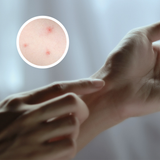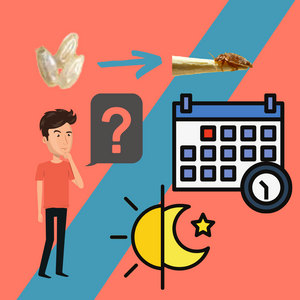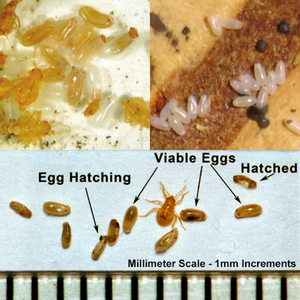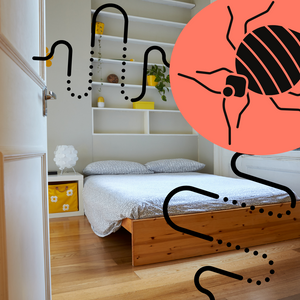How to Look for Bed Bug Bites

 Every person has a different reaction to bed bug bites. There are some who experience bed bug bites but no evidence of any allergic reactions, and there are those who experience side effects such as the following:
Every person has a different reaction to bed bug bites. There are some who experience bed bug bites but no evidence of any allergic reactions, and there are those who experience side effects such as the following:
- Itchy, red, swollen bite marks with a dark red center
- Small flat bite marks that are either grouped or linked together
- Hives or blisters at the bitten area
Bed bugs can bite you on any part of your body. Most likely, bite marks will appear on exposed parts of the skin while you are sleeping, such as your arms, legs, hands and even your face.
How to Confirm You Got Bed Bug Bites
Instead of waiting for side effects to happen a day or two after being bitten, you should know how to look for these bites and confirm if you have an infestation to deal with. Knowing the bed bug bites signs and symptoms are also essential to differentiate one type of insect bite from another. The following are some of the important things you should do to look for these bites:
- Inspect the bites
Bite marks are usually slightly discoloured and look like a raised pinhead. Wheals and hives are also signs, especially if they are redder than the skin around it. Some people experience bed bug bites that blister and have a diameter of around 0.5cm.
- Locate new bite marks each morning.
It may be unlikely for you to sleep in your bed again after getting a few bite marks one morning, but one way to tell if these are really from bed bugs is if you notice the bites multiplying each morning. Fresh bites in the morning can either be from fleas or mosquitoes, but getting them each morning and in clusters is a clear sign of bed bugs.
The grouped bite marks are a result of getting multiple bites each night. Though you may find bites in the morning, it is unlikely for you to get them during the day, especially if you keep moving throughout the house.
- Pay attention to areas where you are bitten.
If you sleep with certain parts of your body exposed, then you can determine that bed bugs are the perpetrators for the bites you have been getting. It is also possible to get bites on other parts of your body if you sleep with loose clothing. Take note that bed bugs don’t bite the soles of your feet, so any bites you see there are not likely from these bugs.
- Allergic reactions
Rashes or hives that develop on the area of potential bed bug bites in a line can be considered as allergic reactions. Be observant of the bitten area as pain, swelling, pus, and the increase in size are signs of a more serious allergic reaction to the bites.
Take note that it may take a week or two for the body to react to the bites. If severe reactions develop in the area, it is recommended that you consult your doctor immediately.
When to Call for a Doctor
Some people choose to use home remedies such as ice packs for relieving the itchiness and swelling. However, if the symptoms are no longer controllable or if you developed a skin infection, calling a doctor is your best option. Depending on the symptoms, they will prescribe antibiotics or antihistamines. They may also require you to take a bath several times a day to clean and apply prescribed cream to the affected areas.
Why Do Bed Bugs Bite You?
Bedbugs bite simply because they feed on blood, human blood particularly. If you have a bed bug infestation, the bugs are most likely hiding in your bed or any nearby cracks and crevices. Though they don’t transmit disease, they can cause various health issues that may affect your daily life. So, once you find bites all over your body and confirm that you have an infestation, take action, call an expert or use various bed bug products to control these bugs and prevent them from feeding off you.
Setting up bed bug traps or using bed bug mattress covers can also lessen the number of bed bugs reaching you at night. It can control the number of bed bugs in your home and potentially stop getting bitten.







